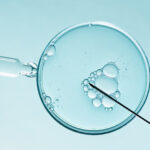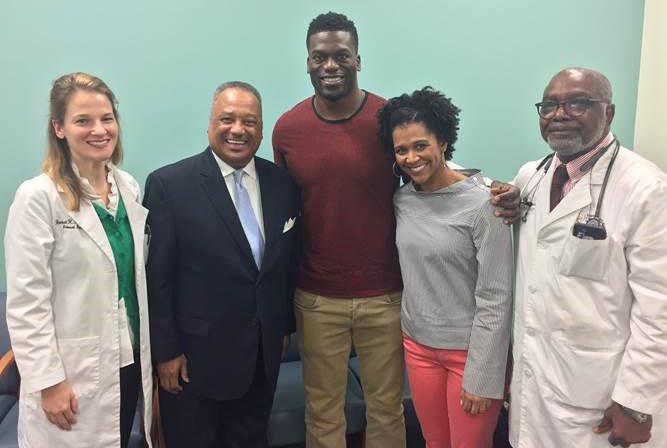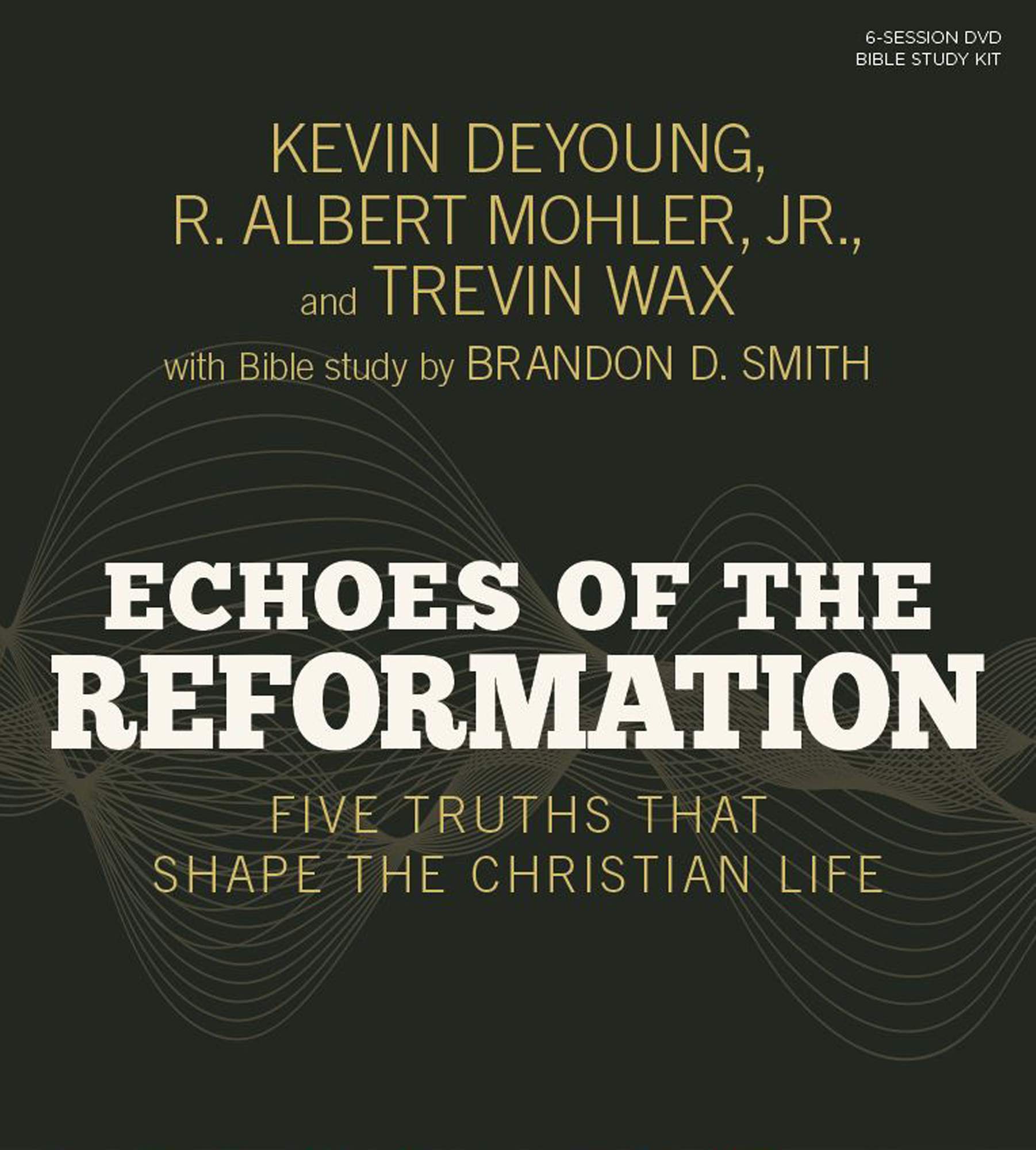
“Adult men are typically stronger, more powerful, and faster than women of similar age and training status,” states a new official pronouncement of the American College of Sports Medicine. For most of human history, such a claim would have been too obvious to be noteworthy. But the rise of transgender ideology has led many people to attempt to deny biological reality. However, when we look at the science of physiology, the difference in athletic ability between men and women becomes impossible to ignore.
The ACSM says the primary goal of their consensus statement, which focuses mainly on adult male and female athletes, is to “contribute to the public dialogue by providing the latest scientific knowledge and subject matter expertise on the sex differences in athletic performance, while assisting with evidence-based solutions and ensure an equitable and fair solution for all.”
The primary finding in their statement is that biological sex is a determinant of athletic performance: adult males are faster, stronger and more powerful than females. The fastest and most powerful males outperform the fastest and most powerful females. “For athletic events and sports relying on endurance, muscle strength, speed, and power, males typically outperform females by 10%–30% depending on the requirements of the event.” The largest sex difference in performance occurs in sports that rely on muscular power, such as weightlifting and jumping.
This biological differentiation in athletic ability occurs between childhood and adulthood. Before puberty, the sex difference in athletic performance between girls and boys is minimal. But exposure to high levels of naturally occurring testosterone in males at the onset of puberty (around 12 years of age) shifts the balance and is the primary determinant for the large sex difference in athletic performance during puberty and in adulthood.
Why testosterone creates an athletic imbalance
A key reason for the difference is testosterone. Testosterone is a powerful, natural anabolic steroid that increases at least twentyfold in males during puberty and is 15 times higher than in adult females. This gives boys and men a distinct advantage because the direct and indirect effects of testosterone in males (relative to females) during puberty has numerous effects on athletic performance. Some of the effects of testosterone during puberty include:
- Having more muscle on the body. Muscles are what help you move, and having more muscle usually means you can move more easily or with more strength.
- Having less fat in comparison to other components like muscle or bone. Less body fat can mean more efficiency in movements and less weight to carry around.
- Higher hemoglobin concentration and mass. Hemoglobin is a substance in your blood that carries oxygen to your tissues. Having more of it means your muscles get the oxygen they need more efficiently, which is helpful during exercise.
- Larger ventricular mass and myocardial contractility. These terms refer to the heart. A larger ventricular mass means a bigger heart chamber to pump blood, and better myocardial contractility means the heart muscle can squeeze more forcefully to pump blood. Both help in circulating blood, and oxygen, throughout the body.
- Larger airways and lungs. Bigger airways and lungs allow for more air (and thus, oxygen) to be taken in and distributed to the body, which is essential during exercise.
- Greater body height and longer limbs. Being taller with longer limbs can offer advantages in reach and stride, which might be beneficial in some sports or physical activities.
But what happens when testosterone is added to female bodies or suppressed in male bodies? According to the study, adding testosterone to female bodies results in:
- some increase in muscle mass and muscle fiber size,
- increased hemoglobin concentration and mass,
- improved strength,
- and better endurance performance
Suppressing testosterone in adult males can result in:
- decreases in muscle mass
- and increased fat mass
However, for up to three years after suppressing testosterone, the decreased level of lean mass and strength is not as low as it is in adult females. Boys and men who undergo partial or complete male puberty followed by testosterone suppression also retain some advantage in power and endurance performance over biological females, at least up to two years after the suppression.
The report says that “muscle memory” may also play an important role in those who have previously been exposed to high levels of testosterone (e.g., male puberty) and who undergo suppression of testosterone but retain the ability to increase muscle tissue in response to resistance training.
The ‘science’ of sex differences is on the side of biological reality
The ACSM points out that this is not a policy statement or recommendation about the inclusion of transgender athletes in cross-sex competition or how athletes should be categorized for recreational or competitive sports. Instead, it is meant to be an overview of the state of the science in the field. Yet those who claim we should “trust the science” will be all too eager to ignore such commonsensical findings since it contradicts transgender ideology.
Nevertheless, such findings should strengthen our resolve to maintain separate categories for males and females as being essential to preserve the integrity and essence of women’s sports. Women’s sports have historically provided a platform for female athletes to showcase their skills and achievements, and allowing biological males to compete undermines this tradition.
Bans on transgender athletes in girls and women’s sports are necessary measures to protect the sanctity, fairness and opportunities of women’s sports. Christians should uphold God-given, biological reality, protect women’s opportunities, and preserve the sanctity of women’s sports by supporting such bans. And we can do so knowing that “science” is on our side.























